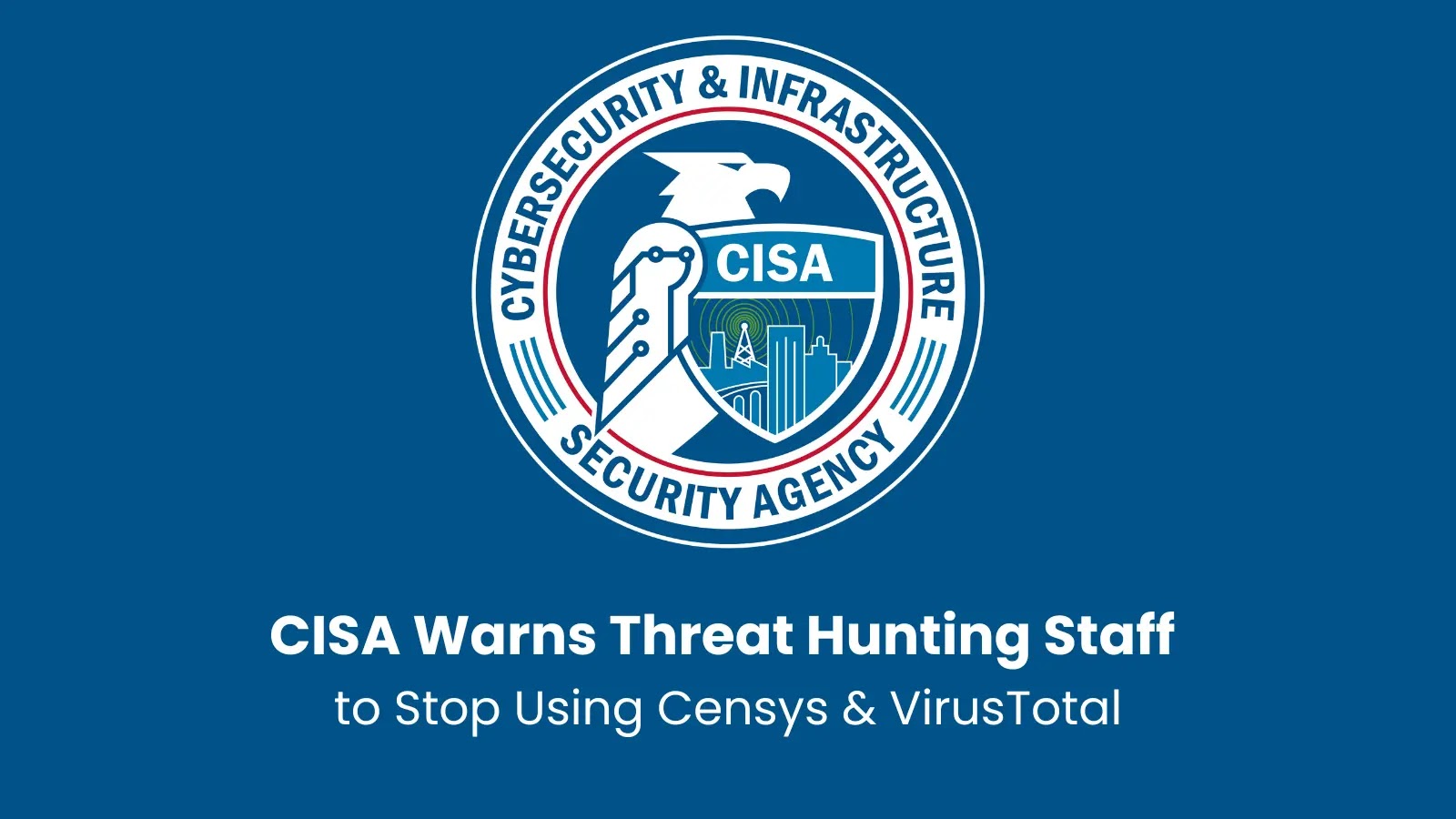The Cybersecurity and Infrastructure Security Agency (CISA) has recently announced the cessation of two pivotal cybersecurity tools—Censys and VirusTotal—used extensively in its threat hunting operations. This decision, communicated to over 500 CISA cyber threat hunters on April 16, 2025, is part of a broader initiative to reassess and streamline the agency’s cyber defense resources.
Understanding the Tools: Censys and VirusTotal
Censys is renowned for its comprehensive internet scanning capabilities, providing real-time data on global networks and devices. By continuously scanning the IPv4 address space, Censys offers visibility into exposed devices and services, enabling organizations to identify vulnerabilities and manage their attack surfaces effectively. Its platform is instrumental in threat hunting, allowing security professionals to detect and analyze potential threats across the internet. ([censys.com](https://censys.com/solutions/threat-hunting/?utm_source=openai))
VirusTotal, owned by Google, is a critical malware analysis platform that aggregates findings from numerous antivirus engines. It allows users to upload and scan files and URLs for malicious content, providing detailed reports on potential threats. Threat hunters utilize VirusTotal’s API to automate malware detection processes, facilitating rapid analysis and response to suspicious binaries.
Impact on CISA’s Threat Hunting Operations
The discontinuation of these tools marks a significant shift in CISA’s approach to threat hunting. The April 16 notification acknowledged the importance of Censys and VirusTotal in daily operations and assured staff that alternative tools are being explored to minimize disruption. However, the immediate loss of these resources poses challenges for threat hunters who rely on them for efficient detection and analysis of cyber threats.
The cessation of Censys usage in late March and the planned discontinuation of VirusTotal on April 20 have raised concerns among cybersecurity professionals. These tools are integral to proactive threat hunting, enabling the identification of indicators of compromise (IOCs) and the assessment of vulnerabilities within federal networks. Without them, there is a potential gap in CISA’s ability to swiftly detect and respond to emerging threats.
Broader Implications and Industry Response
The decision to halt the use of Censys and VirusTotal is part of a larger trend within CISA to reevaluate its cybersecurity tools and strategies. This move follows previous instances where the agency reconsidered its support for programs like the Common Vulnerabilities and Exposures (CVE) Program, highlighting a pattern of reassessment in its operational tools and partnerships.
Industry experts express concern that these reductions could impair CISA’s cyber defense capabilities. Centralized tools like Censys and VirusTotal are crucial for the initial triage of potential threats, allowing for rapid prioritization and response. The absence of these tools may lead to delays in threat detection and an increased workload for threat hunters, potentially affecting the overall security posture of federal networks.
Exploring Alternative Solutions
In response to these changes, CISA is actively seeking alternative tools to support its threat hunting operations. The agency’s commitment to finding suitable replacements underscores the critical role that such tools play in maintaining national cybersecurity. Potential alternatives may include other internet intelligence platforms and malware analysis services that offer similar functionalities to Censys and VirusTotal.
The transition to new tools will require careful consideration to ensure they meet the specific needs of CISA’s threat hunting teams. Factors such as data accuracy, real-time analysis capabilities, and integration with existing systems will be paramount in selecting appropriate replacements.
Conclusion
CISA’s decision to discontinue the use of Censys and VirusTotal reflects a strategic shift in its cybersecurity operations. While this move aims to reassess and optimize the agency’s resources, it also presents immediate challenges for threat hunters who depend on these tools for effective threat detection and analysis. As CISA explores alternative solutions, the cybersecurity community will be closely monitoring the impact of these changes on the agency’s ability to safeguard federal networks against evolving cyber threats.



